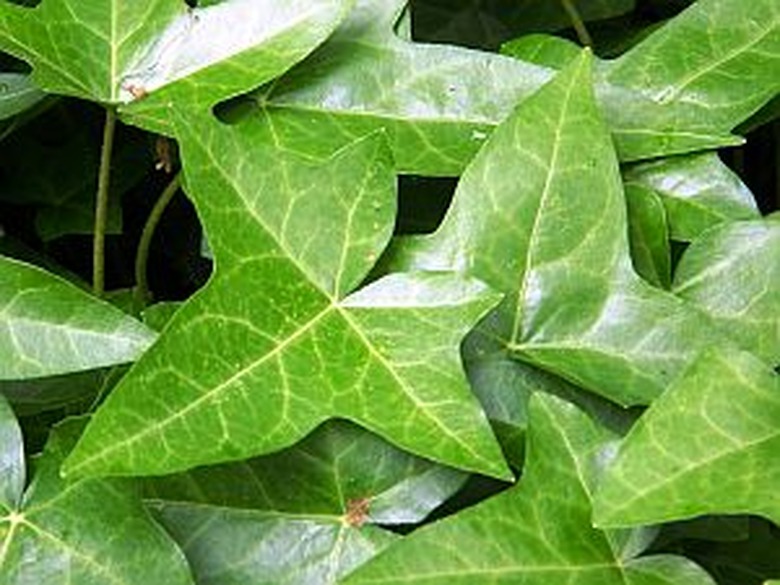How To Care For Ivy Plants In The Home
Things Needed
- Ivy plants
- Grow light (optional)
- Shallow dish
- Pebbles
- Water
- Liquid dish detergent
- Large bucket
- Houseplant fertilizer
Most ivy plants are happiest when they are in containers outside or planted in the ground. In areas where the winters become frigid, gardeners must bring ivy plants inside for the winter months. To keep ivy plants thriving inside, make sure they have bright sunlight, they have evenly moist soil, and that there is adequate air circulation around the plants. Ivy plants appreciate being taken outdoors even in the winter if the daytime temperature reaches at least 50 degrees.
Step 1
Find a location for the ivy plant that receives abundant light. Avoid direct afternoon sunlight, however, because it is too harsh for the ivy plant. If you do not have the kind of natural lighting an ivy plant desires, place the ivy plant under a grow light for several hours each day.
- Most ivy plants are happiest when they are in containers outside or planted in the ground.
Step 2
Keep the ivy plant in a room that is cooler than the typical indoor temperatures of a home, for best results. Ivy plants thrive when the daytime temperature is between 50 and 70 degrees F and the overnight temperature is between 40 and 60 degrees.
Step 3
Pay attention to the air circulation around the ivy plant. Do not place the plants too close to other plants so that air cannot move in and around the container. Make sure that ivy plants are not in a location where they experience cold outside air when doors open and close.
Step 4
Water the ivy plant when the surface of the potting soil is dry. Hold the container over the sink and pour water into the container until it drains out the hole in the bottom of the container. Allow the ivy to drain completely and then replace the ivy in its growing location. Do not allow the plant container to sit in accumulated water.
- Keep the ivy plant in a room that is cooler than the typical indoor temperatures of a home, for best results.
Step 5
Add humidity to the air around the ivy plant. This is especially important if you heat your home with forced air. Place a 1-inch layer of pebbles in the shallow dish and fill the dish with water until the pebbles are almost completely covered. Place the ivy container directly on top of these pebbles so that the evaporating water will add humidity to the air around the ivy plant. Refill the dish to keep the water at the same level.
Step 6
Prune away any leaves that discolor. Discard any debris from the growing container.
- Add humidity to the air around the ivy plant.
- Place the ivy container directly on top of these pebbles so that the evaporating water will add humidity to the air around the ivy plant.
Step 7
Give the ivy plant a bath as often as once a week. Fill the bucket with cold water and place two drops of dish detergent into the water. Mix the detergent into the water well. Turn the ivy plant upside down carefully and lower it into the bucket so that the foliage is completely submerged. Move the plant around carefully and bring it up out of the water. A bath will help control any insects that might plague an ivy plant.
Step 8
Fertilize the ivy plant once a month with a general houseplant fertilizer. Follow the package recommendations for the size of your ivy plant.
- Give the ivy plant a bath as often as once a week.
- Fill the bucket with cold water and place two drops of dish detergent into the water.
